In this BSA series – “Why AI?” – enterprise software leaders explain in their own words how artificial intelligence (AI) is having a positive impact on individuals, businesses, and organizations worldwide. In this submission, Databricks Vice President of Product Marketing Joel Minnick writes about how every sector can be improved by AI, especially in healthcare.
1. Why AI?
At Databricks, we have a unique vantage point from which to see the many ways AI is positively impacting the world. Our AI and data platform is used by organizations around the world, of all types and sizes, to develop, tune, test, and run a wide variety of AI models. Databricks customers are using AI to improve healthcare (see examples in #2 below), reduce energy waste (e.g., John Deere and Rolls-Royce Civil Aerospace), and better serve their customers (e.g., HSBC) – just to name a few of many examples of AI benefiting our lives. We are particularly gratified to see the effect of AI on healthcare, where AI is accelerating the pharmaceutical R&D lifecycle for the discovery of cures and diagnostics for many illnesses, in addition to improving the efficient allocation of scarce healthcare resources. These uses of AI are reducing illness and saving lives by utilizing large, rapidly evolving datasets to make recommendations and forecasts at a pace and with an accuracy that cannot practically be accomplished without the use of AI.
2. Can you give an example?
We are seeing many examples of AI developed with the help of the Databricks platform being used to improve health outcomes. Here are a few:
- Earlier diagnosis of autism, reducing the average age of reliable diagnosis from 4 years to 18 months – earlier diagnosis permits directed treatment at a younger age, and where autism is ruled out, earlier diagnosis can let doctors shift focus to other possible causes and alternative courses of action (Cognoa)
- Development of a single blood sample test kit that can quickly detect and identify over 1,000 pathogens with the help of AI (Karius).
- Applying AI to make time sensitive medical decisions (Integra)
- Biotech companies using AI, often applied to massive genomic datasets, to accelerate the discovery of treatments for serious diseases, including cancers of various kinds (e.g., AstraZeneca, Amgen, Biogen and Regeneron).
- Dealing with the acute nursing shortage in the U.S. by using AI to better forecast capacity needs, particularly for hyper-stressed emergency room and intensive care departments (Providence Health).
- AI used to personalize and improve advice given by pharmacists to patients regarding medications (Walgreens).
- Drones navigated with the help of AI to deliver urgent medical supplies to remote and underserved communities in less developed countries or in rural settings (Zipline).
3. Where can we learn more?
This year, Databricks marked ten years dedicated to its core mission: accelerating innovation and helping data teams solve the world’s toughest problems. From healthcare and the public sector to manufacturing and retail and everything in between, Databricks continues to leverage AI and its powerful Lakehouse platform to make strides that push nearly all industries forward – all while maintaining a steadfast commitment to open-source and the democratization of the strength of data. Today more than 10,000 customers are using Databricks technology to transform their industries and solve the most important problems in the world.
 About the author:
About the author:
Joel Minnick is the Vice President of Product Marketing at Databricks.

